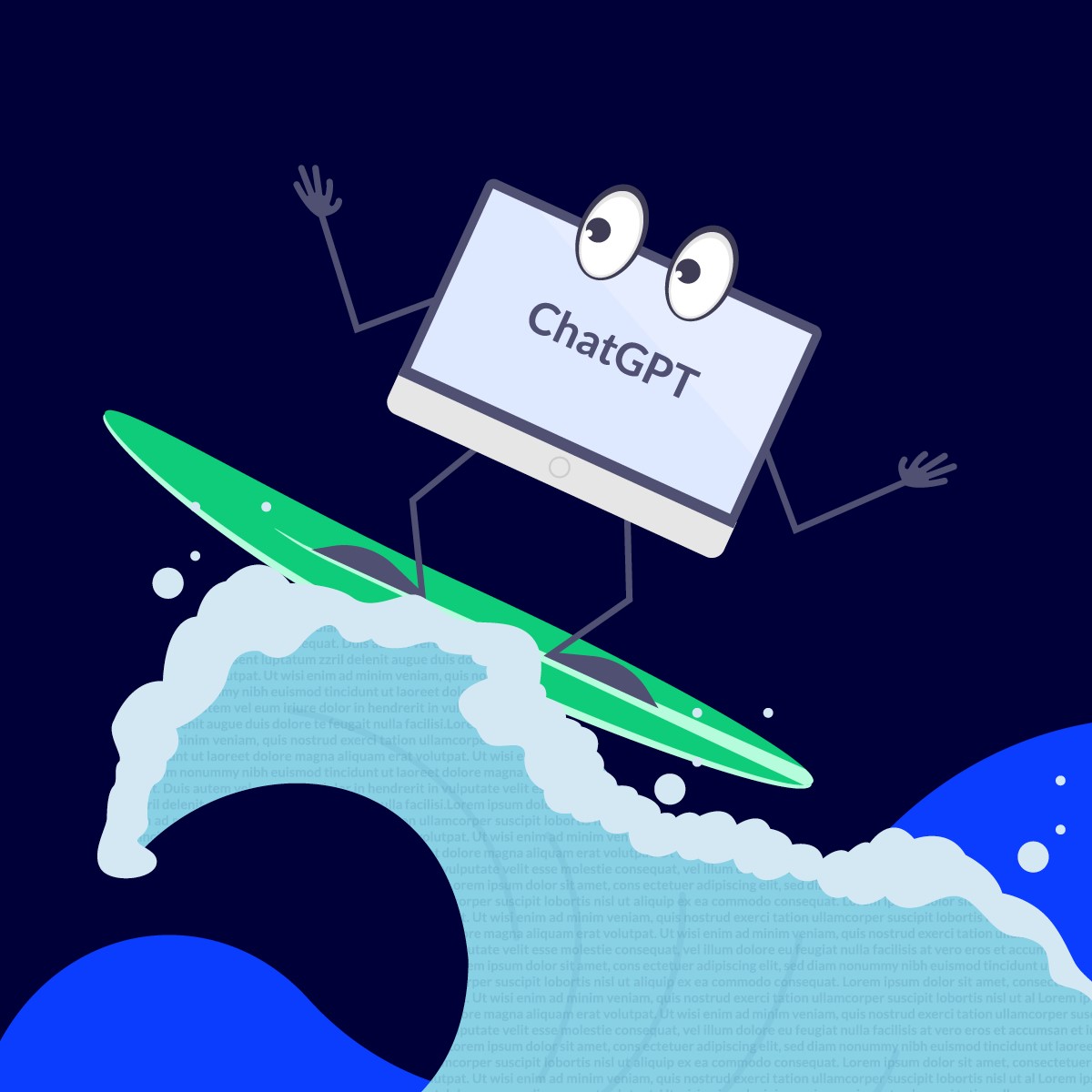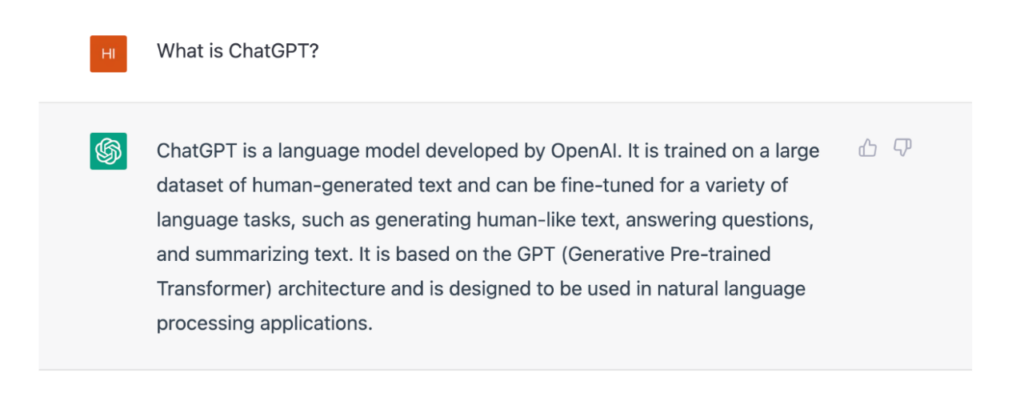 In recent years, chatbots have become ubiquitous in many industries, from customer service to healthcare. However, the technology behind chatbots is still rapidly evolving, with new innovations and challenges emerging every day. This article will explore the latest trends in chatbot technology, including natural language processing and machine learning, as well as the challenges faced by developers in creating chatbots that can truly replicate human-like conversation. With the growth of the chatbot market showing no signs of slowing down, it is more important than ever to understand the current state of this technology.
In recent years, chatbots have become ubiquitous in many industries, from customer service to healthcare. However, the technology behind chatbots is still rapidly evolving, with new innovations and challenges emerging every day. This article will explore the latest trends in chatbot technology, including natural language processing and machine learning, as well as the challenges faced by developers in creating chatbots that can truly replicate human-like conversation. With the growth of the chatbot market showing no signs of slowing down, it is more important than ever to understand the current state of this technology.
Chatbots have become increasingly popular in recent years, with businesses and individuals utilizing them for customer service and personal assistance. Among the numerous chatbots available online, ChatGPT has been making waves in the tech industry. Developed by OpenAI, ChatGPT is an AI language model capable of processing and generating human-like text, making it an incredibly powerful tool. With its ability to converse naturally and intelligently, ChatGPT has the potential to revolutionize the way we interact with technology. This article explores the features and benefits of ChatGPT, and the impact it could have on the future of communication and technology.
However, there’s a new player in the game: ChatGPT.
Developed by OpenAI, ChatGPT is an AI tool that can hold human-like conversations, admit to its mistakes, learn on the fly, correct false assumptions, and even potentially write articles like this one. It was co-founded by Elon Musk, and released in November 2022. Within three days of its launch, ChatGPT generated more than a million users.
In this article, we’ll explore what ChatGPT is and how it’s disrupting the internet.
This article was curated using our AI-powered Discovery Product, which connects billions of patent and non-patent data points. Get the technology insights and competitive intel you need.
What is ChatGPT?
To answer this question, we went to the source itself:
“ChatGPT is a language model developed by OpenAI. It is trained on a large dataset of human-generated text and can be fine-tuned for a variety of language tasks, such as generating human-like text, answering questions, and summarizing text. It is based on the GPT (Generative Pre-trained Transformer) architecture and is designed to be used in natural language processing applications.”

Simply put, you can ask ChatGPT a question or give it a task. Based on your directions, it will provide feedback, complete the task (if possible — it still has its limitations see image below), rewrite text, answer your questions and so forth.

If you aren’t happy with the results, you can always ask it to try again.
